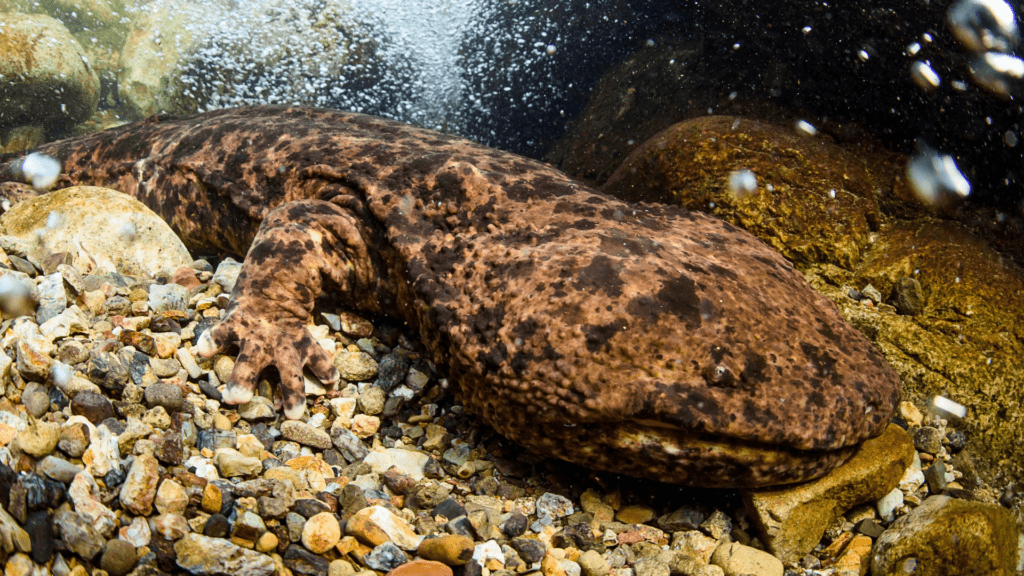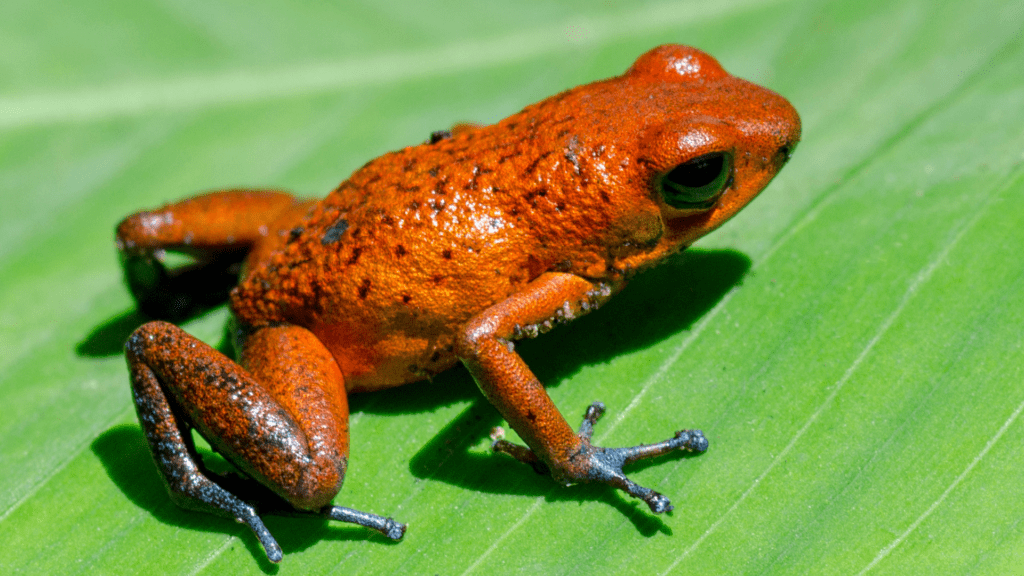The Palmate Newt (Lissotriton helveticus) is a remarkable amphibian species native to Western Europe. Known for its small size and subtle physical characteristics, this fascinating creature is an essential part of its ecosystem, playing the dual role of predator and prey. Despite its “Least Concern” status globally, this species faces notable regional challenges due to habitat loss, pollution, and climate change. For instance, it is classified as a threatened species in Belgium, Luxembourg, and the Netherlands, while it holds a vulnerable status in Spain and Poland. These regional threats highlight the urgent need for targeted conservation efforts to ensure the survival of this vital amphibian.
Scientific Classification
- Kingdom: Animalia
- Phylum: Chordata
- Class: Amphibia
- Order: Caudata
- Family: Salamandridae
- Genus: Lissotriton
- Scientific Name: Lissotriton helveticus
Physical Description
The Palmate Newt is among the smallest of the newt species, yet it exhibits a range of fascinating physical adaptations and features that set it apart from others. While it is frequently mistaken for the Smooth Newt, closer inspection reveals a number of distinct traits.
Size and Dimensions
Adult Palmate Newts typically measure between 8 and 10 cm (3.1–3.9 in) in length, making them relatively diminutive in comparison to other newts. This size allows them to navigate their environments with agility, whether they are in water or on land. The larvae, when they first hatch, are even smaller, measuring only 8–10 mm in length.
Coloration and Patterning
- Body: The overall body color ranges from brown to olive-green, often speckled with dark spots that serve as effective camouflage against natural predators. This coloration blends seamlessly with their surroundings, especially in aquatic environments.
- Belly: The ventral side is typically pale orange or yellow, sometimes marked with small dark spots. This contrast can be a helpful identifier in distinguishing them from other species.
- Throat: The throat area of females is pale yellow or pink and lacks markings, which is a key distinguishing feature when identifying sexes.
Body Features
- Males: During the breeding season, males develop specific traits, such as two dorsal ridges that give their backs a boxy appearance. They also grow a smooth, low crest along their spines that becomes more pronounced near the tail. This crest culminates in a threadlike tip, adding to their streamlined swimming efficiency.
- Tail: Their tails are adorned with a central orange stripe, bordered by rows of dark blotches that enhance their visual appeal.
Feet Adaptations
Male Palmate Newts develop fully webbed hind feet during the breeding season. These webs resemble human palms, hence the name “Palmate Newt.” This feature significantly improves their swimming ability, helping them court mates and avoid predators in aquatic environments.
Facial Characteristics
A striking dark line runs from the snout through the eyes, providing the Palmate Newt with a distinctive appearance that is easily recognizable.
Habitat and Geographic Distribution
The Palmate Newt is primarily found in Western Europe, with its range extending across countries like Great Britain, France, Spain, Poland, and Belgium. It has adapted to a variety of habitats, demonstrating remarkable ecological flexibility.
Aquatic Habitats
- Ponds, lakes, canals, and marshes serve as primary habitats during the breeding season.
- They prefer still or slow-moving water bodies with abundant vegetation.
Terrestrial Habitats
- Outside of the breeding season, they inhabit forests, moorlands, and even agricultural landscapes.
- They are often found under rocks, leaf litter, and logs during their terrestrial phase.
Habitat Preferences
- Moorlands: Palmate Newts are one of the few amphibians that can thrive in acidic waters found in moorland environments.
- Coastal Areas: Some populations are adapted to brackish water near coastal regions, showcasing their ability to survive in diverse conditions.
Diet and Feeding Behavior
As carnivorous amphibians, Palmate Newts are skilled hunters that rely on their keen senses and sticky tongues to capture prey.
Diet Composition
- Primary Food Sources: Invertebrates such as insects, worms, plankton, and small crustaceans form the bulk of their diet.
- Occasional Prey: They may also feed on frog tadpoles and smaller amphibians when available.
- Cannibalistic Behavior: In times of food scarcity, they may resort to cannibalism, preying on smaller newts, including members of their own species.
Hunting Methods
Palmate Newts use ambush techniques, lying in wait for unsuspecting prey to pass by before striking with precision. Their sticky tongues help them secure their catch efficiently.
Behavioral Patterns and Predation
Palmate Newts display a range of behavioral adaptations that contribute to their survival in the wild.
Activity Patterns
- Nocturnal Lifestyle: Most active during the night, particularly under the cover of darkness.
- Seasonal Variation: During the breeding season, they may be active both day and night.
- Weather Sensitivity: Rainy and humid conditions often trigger heightened activity levels.
Predators
Despite their small size, Palmate Newts face predation from a variety of animals:
- Aquatic Predators: Fish and grass snakes.
- Avian Predators: Kingfishers, herons, and ducks.
- Larval Stage Threats: Water beetles, dragonfly nymphs, and larger newts.
Reproduction and Life Cycle
Palmate Newts have a complex reproductive cycle that is closely tied to their aquatic habitats.
Mating Behavior
- Breeding begins in spring, usually between April and May, as adults migrate to water bodies after hibernation.
- Males court females using a variety of display behaviors, including tail flicking and crest display.
Egg-Laying
- Fertility: Females lay between 100 and 300 eggs per season.
- Placement: Each egg is carefully wrapped in submerged vegetation for protection.
- Reproductive Frequency: In warmer climates, breeding may occur twice a year.
Development
- Hatching: Eggs hatch in 2–3 weeks, depending on temperature.
- Larval Stage: Larvae possess external gills and develop into juveniles within 6–9 weeks, although some may overwinter in colder climates.
Adaptations
Palmate Newts have evolved numerous physical and behavioral adaptations that aid their survival:
- Body Shape: Slender and hydrodynamic, allowing for efficient movement in water.
- Webbed Feet: Improved swimming capability during mating season.
- Camouflage: Earth-toned coloration that blends with their environment.
Hibernation
During winter (November to March), Palmate Newts enter hibernation. Most individuals choose terrestrial shelters such as leaf litter, logs, and rock crevices. However, some populations hibernate underwater, showcasing their adaptability.
Lifespan
In the wild, Palmate Newts can live up to 10 years, although this varies depending on environmental conditions and predation.
Conservation Statu
The Palmate Newt is listed as “Least Concern” by the IUCN due to its widespread distribution. However, localized populations face threats from habitat destruction, pollution, and invasive species. Conservation measures, including habitat protection and pollution control, are essential for their long-term survival.
Fascinating Facts
- Palmate Newt larvae resemble those of Smooth Newts, often leading to misidentification.
- It is the smallest newt species native to Great Britain.
- Males develop webbed feet during breeding, giving them their “Palmate” name.
- They can thrive in acidic moorland waters, unlike many other amphibians.
By understanding and protecting the Palmate Newt, we preserve not only a species but also the intricate balance of the ecosystems they inhabit. Their survival underscores the importance of biodiversity and ecological stewardship.
[toggle title=”Resources” state=”close”]https://www.arc-trust.org/palmate-newt https://www.wildlifetrusts.org/wildlife-explorer/amphibians/palmate-newt https://surrey-arg.org.uk/SARGWEB.php?app=SpeciesData&Species=palmate_newt https://www.arc-trust.org/palmate-newt[/toggle]

